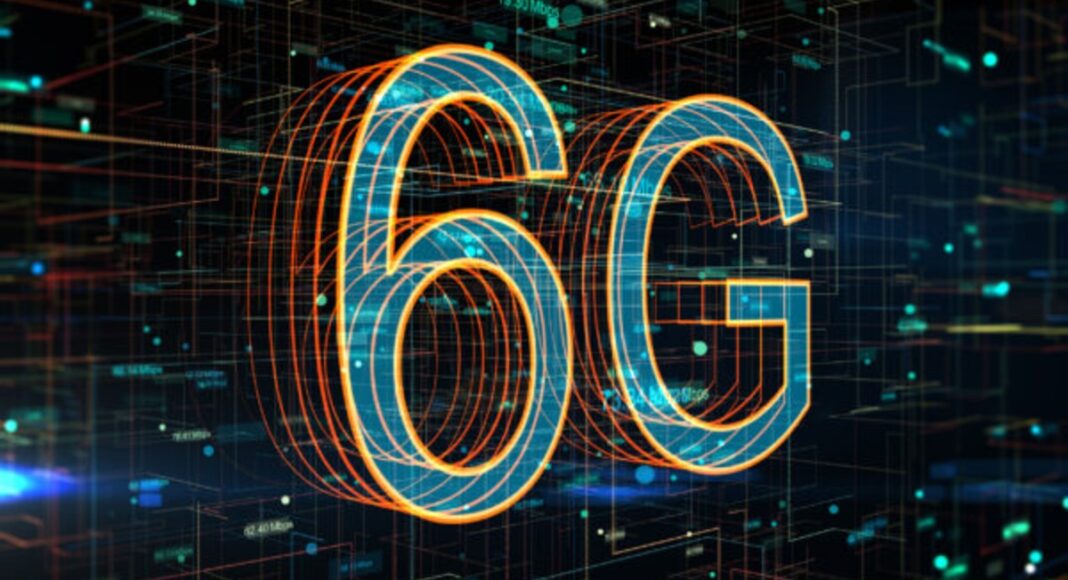SoftBank noted that the outdoor trial, conducted with Nokia since June 2025, involved three experimental Massive MIMO base stations installed across Tokyo’s Ginza district
In sum – what to know:
7GHz shows strong urban coverage – Field tests in Tokyo found the band can reach main streets and side alleys while maintaining stable performance for future 6G needs.
Signal quality remained consistently high – Measurements showed reliable connectivity across the test area, with median SINR of 5.9 dB and limited interference.
Propagation supports macro deployments – Despite expected losses, 7GHz performed close to 3.9GHz in clear areas, pointing to practical use in large urban macro cells.
Japanese carrier SoftBank said it has successfully demonstrated how centimeter-wave spectrum in the 7GHz band — now being considered for 6G — can deliver wide-area coverage and stable connectivity in dense urban settings. It said the outdoor trial, conducted with Nokia since June 2025, involved three experimental Massive MIMO base stations installed across Tokyo’s Ginza district.
With AI-driven services expected to drive heavy increases in mobile data usage, operators are looking for frequency bands that can support both high capacity and broad coverage. SoftBank’s test results suggest that the 7GHz band could be a strong candidate for future 6G networks, particularly in busy city areas.
During the field trials, SoftBank measured coverage and connection quality using a test vehicle, comparing the 7GHz sites with existing 3.9GHz 5G stations. The operator highlighted that the measurements showed strong signals on major streets and reliable reception even in narrow back alleys, confirming the band’s ability to support wide-area coverage.
SoftBank also evaluated how 7GHz signals travel in both line-of-sight and obstructed areas. In open areas, the 7GHz band performed nearly the same as 3.9GHz—despite expectations of higher loss—likely helped by reflections from surrounding buildings. In obstructed areas, 7GHz signals weakened more quickly than 3.9GHz, as predicted, but still maintained enough strength for practical urban use, the company said.
Overall, the tests showed that 7GHz can deliver wide-area, high-quality connectivity when used in macro sites across busy commercial districts.
Akihiro Nakao, professor at the Graduate School of Engineering at the University of Tokyo, and co-chair of the XG Mobile Promotion Forum, said the evaluation demonstrates the effectiveness of 6G network design using the 7GHz band. “Building on the insights gained from this verification, we will continue to promote the formation of a global 7GHz band ecosystem and its social implementation through co-creation among industry, academia, government and international partners.”
SoftBank Group recently reported a sharp rise in profit for fiscal Q2 2024, ending September 30, with net income surging to JPY2.5 trillion ($16.2 billion), chiefly fueled by AI and chipmaking investments. The result follows SoftBank’s $5.8 billion divestment of its entire Nvidia stake in October.

